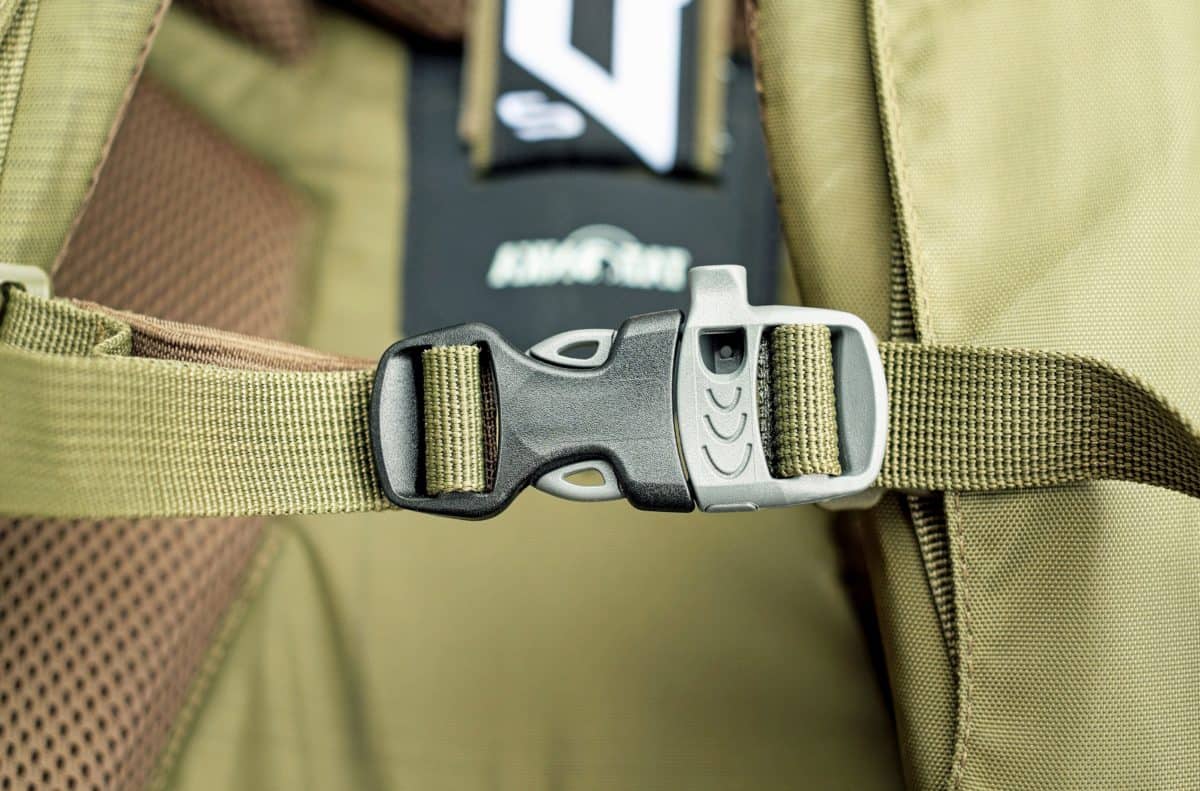Webbing belts are an excellent choice for a variety of purposes and are used in dozens of products around the world. They are usually made from polyester or nylon and are available in different widths and fibers. The two most common types are flat and tubular. The former is used for seat belts and is more durable than its counterpart, and is ideal for industrial purposes. In this article, we’ll discuss how they work, what they look like, and what makes them better.
The webbing belts used for the seat have undergone numerous improvements in recent decades, and front seat belts now work in conjunction with airbags to control forces in the car. They also feature crash tensioners to tighten immediately after a crash, and force limiters to minimize the risk of chest injuries in a crash. Compared to traditional seat belts, front seat belts don’t have the added safety features of force limiters and crash tensioners.
Table of Contents
Webbing belts are made from a wide variety of materials, but the most common is polypropylene, which is economical and lightweight. It has a thickness of two millimeters, but thicker webbing is made from cotton reinforced with nylon. Ultra-abrasion-resistant nylon is dense and requires advanced tools to use. It has a higher price tag, but it is more durable than other materials.
Popular And Essential
Webbing is used to prevent objects from entering the driver’s compartment, and helmet nets reduce side loads on the head. The HANS device is made almost entirely from webbing tethers, and the Hutchens device is made almost entirely from webbing. Despite their many uses, webbing belts have a long history of safety and security. These are just a few of the many facts about webbing belts.
The most common type of webbing is polypropylene. This is an economic material that is lightweight and resistant to abrasion. Typically, webbing has a thickness of two millimeters. Webbing has become a popular and essential part of our safety gear. These belts are designed to help protect our passengers during a crash. Fortunately, webbing has become more sophisticated in recent decades, and they are used to reduce the risks of a car accident.
Unlike in the past, webbing has become more sophisticated in the last decade. Webbing works well with airbags in the front, and the crash tensioner tightens the belt immediately after the crash. The force limiter reduces the risk of chest injuries for passengers in the rear. The most common types of webbing are 25 mm (1.5 inches) in width, and they are designed for a wide range of applications.
A Safety Accessory
Webbing is made of various materials. Webbing is made of nylon or polypropylene. The former is lightweight and is made of flexible materials. The most common webbing is made of nylon. Webbing is often used for safety. A seat belt can be made from two or more materials. Webbing can be narrower than the seatbelt in the front. In some cases, the webbing can be wider than the front and chest.
Webbing is a versatile tool. It can be used to tie down cargo or prevent a person from being thrown from a vehicle. In addition to being a safety accessory, seat belts are also used to keep people in vehicles. These devices can reduce the risk of injury when a crash occurs. When a driver wears a seatbelt, he or she can be protected from any impact.
Extremely Strong and Durable
The front seatbelts have evolved over the last few decades. Today, they are much more complex. They can work in conjunction with airbags to help manage forces on the body. Some are equipped with force limiters, which reduce the risk of chest injuries in case of a collision. Some are only useful for front-seat passengers. They can also be used to secure cargo. Webbing belts are a necessity in the event of an emergency.
Depending on the state, webbing belts can be extremely beneficial in accidents. They can help a person avoid being ejected from their vehicle and can reduce the risk of death. In a rollover crash, an ejected person is four times more likely to die than a non-ejected person. By wearing a seat belt, a driver can control the amount of force that is transmitted to his or her body.
Webbing is the material that holds the seat belt in place. This material is extremely strong and durable. A webbing belt that is too weak can cause the driver and passengers to be injured in an accident, and could even cause death. Webbing must be durable and strong to ensure that a driver and passengers are secure. The webbing that fails to perform as expected could lead to a crash. To prevent this, make sure that the webbing of your seat belt is strong enough to hold you in the case of a collision.
















